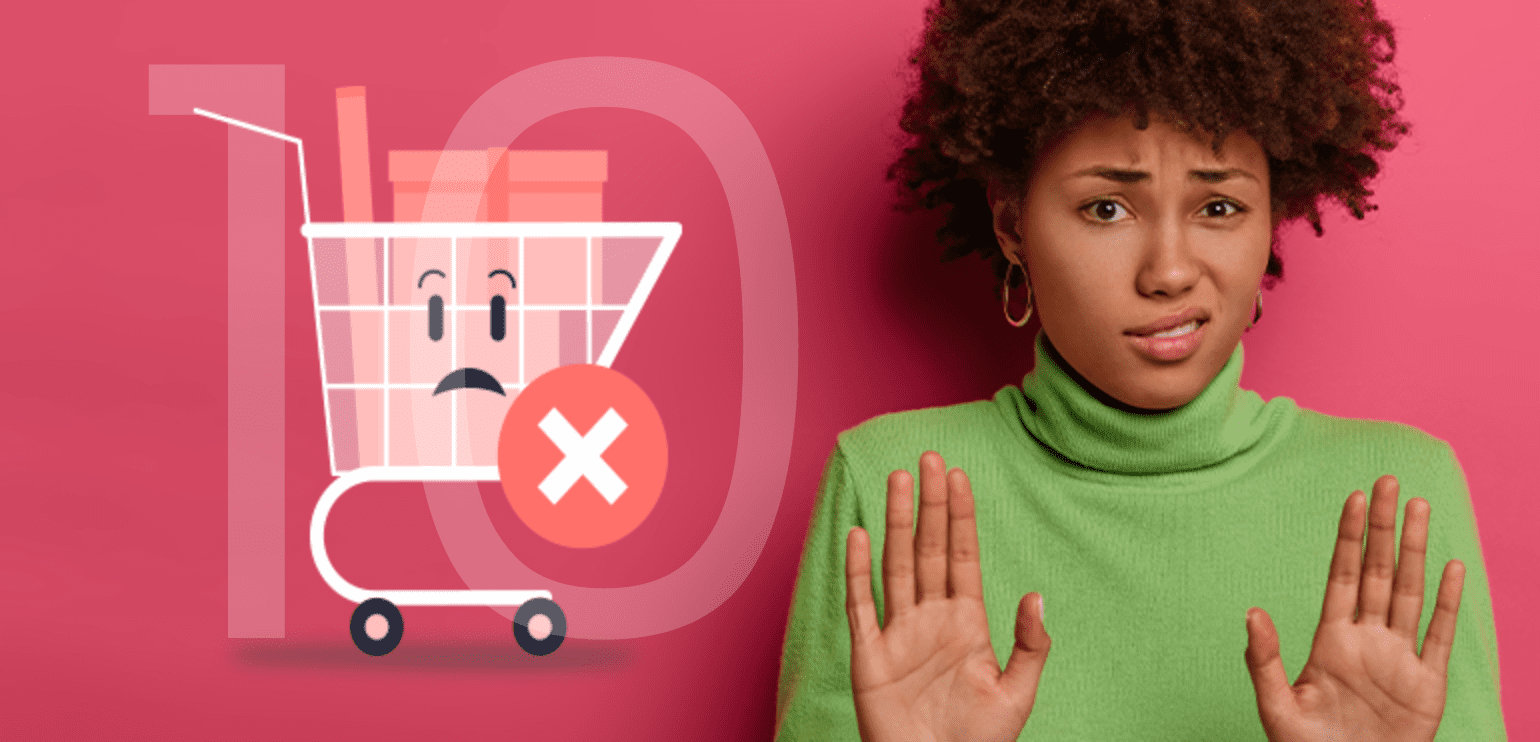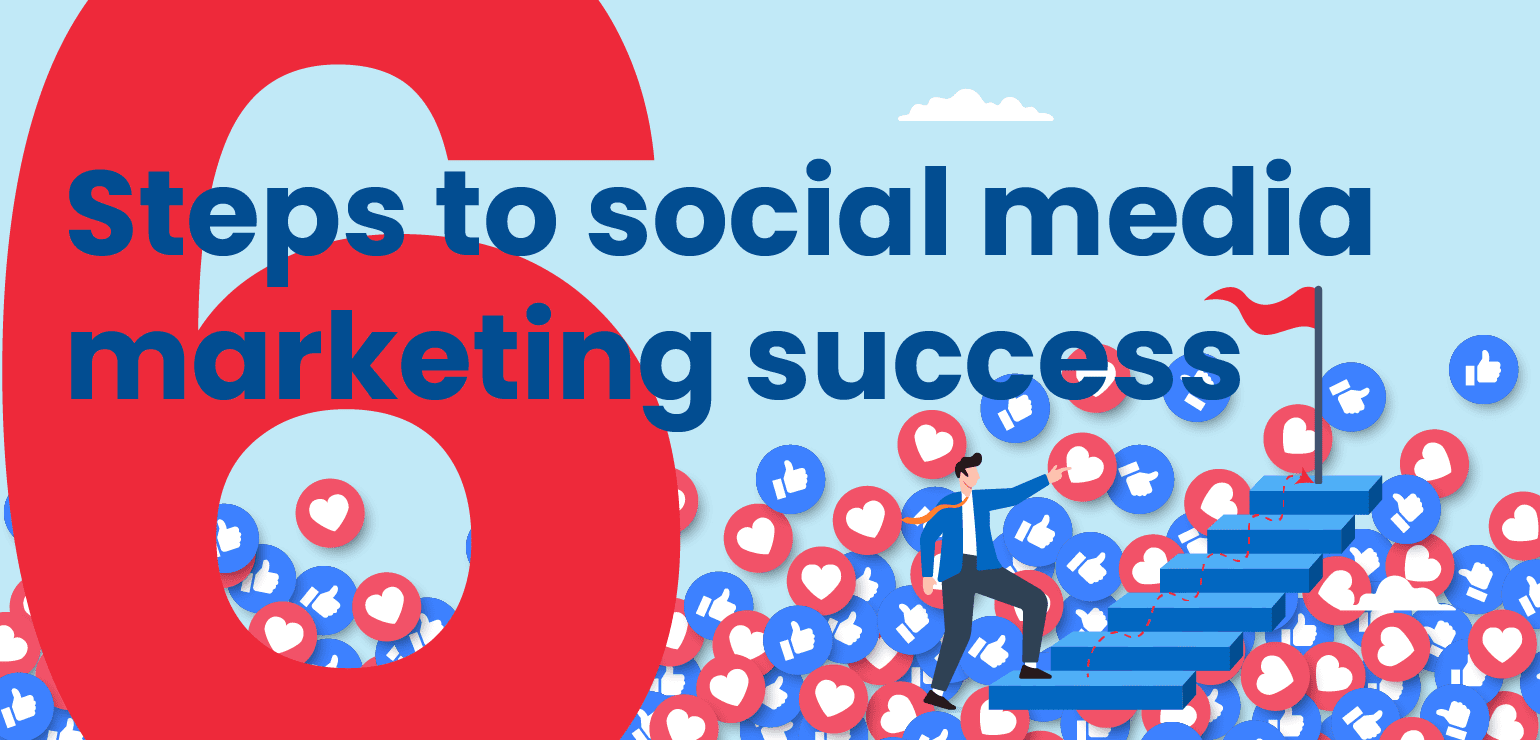Nine things you need to know about selling from the UK to the US

Article topics
- Know your market inside-out
- Identify how you’ll label your products
- Consider the speed of your website
- Understand how you’ll get your goods into the US
- Appreciate the different time zones
- Each state has different rules and regulations
- Realise you still need to protect customer data
- Localise (or localize) your website
- Test, monitor, and encourage feedback
What do Burberry, Gymshark, Lush, and Schuh have in common?
They’re all UK-based brands that have had significant success selling in America!
However, while some brands easily appeal to US shoppers, other businesses fail to capture the market. For example, Tesco tried to break into the US with its range of ‘Fresh & Easy’ stores but struggled to make a profit.
So, if you want to sell in the US, what do you need to do to maximise the odds of success? We asked our international eCommerce specialists to share their expert tips for cracking the US market if you’re a UK-based business.
Grab your passport, check your flight schedule, and let’s go!
Important note: This article is intended as a guide, and legislation can easily change. If you want to sell in the US, we recommend speaking to a consultant or lawyer who will advise exactly what you need to do.
1. Know your market inside-out
Who will you be marketing your product to? While your core demographic might be the same as in the UK (for example, mums in their thirties), you’ll probably have to advertise to them in a completely different way!
Getting your market wrong can mean your business doesn’t succeed – this happened to Marks & Spencer when it pulled out of the US. The company tried to sell the same expensive, upmarket shopping experience to a completely different audience, and American customers didn’t care for it.
Once you’ve determined your new target audience, you’ll need to define your marketing strategy. This may involve new keywords to optimise for, new influencers to target, and how you’ll stand out from an entirely new cohort of competitors.
2. Identify how you’ll label your products
If you sell food or beauty products in the UK, you need to label them in line with regulations. For example, businesses must label all pre-packed food with a complete list of ingredients and allergens highlighted in bold.
The US has its own strict labelling regulations, and you must adhere to them. Additional guidelines exist for selling food, medical devices, toys, art materials, or cosmetics.
It’s also essential to bear in mind that product classifications may vary between the US and the UK. For example, non-prescription sunglasses are classified as medical devices in the US and personal protective equipment in the UK.
The majority of products need to:
- Clearly state the product name
- Specific the net quality of contents, in either weight, volume, or count. This is done in both metric (grams and kilograms) and avoirdupois (pounds and ounces)
- Provide the name and address of the manufacturer or distributor
3. Consider the speed of your website
Did you know your website may load more slowly the further away your prospective customers are?
Your photos, videos, documents, and code have further to travel. And while the difference might be just a second, this could make the difference between web visitors sticking around and getting frustrated.
It’s important to ensure your web pages load as quickly as possible. Optimising your images and videos, condensing your page code, and eliminating unnecessary plugins and extensions can help.
Alternatively, a content delivery network (CDN) can make it easier for US customers to access your site. By storing your website data closer to your international customers, they can see it faster.
4. Understand how you’ll get your goods into the US
Shipping products from one country to another can cause administrative headaches – many EU-based businesses stopped selling to the UK after Brexit.
Your products will need to go through stringent US customs checks. This guide explains the process you need to take to export goods from the UK to the US, as well as other countries.
Import duty also needs to be paid by the person who has bought the product. It’s worth letting them know this is due and roughly how much it will be so there aren’t any nasty surprises.
Talks began regarding a free trade agreement between the UK and the US, but nothing has come out of this.
If the rules are too much, you might want to consider dropshipping as an alternative. This is when a US-based supplier or manufacturer supplies and delivers the product on your behalf.
This simplifies the process and can mean you save money, although you need to ensure you work with a reliable and high-quality dropshipper.
5. Appreciate the different time zones
You’ve agreed to send your latest email campaign at 1pm so you can target prospective customers on their lunch breaks. This may work in the UK, however a customer in Las Vegas will get your message at 5 in the morning!
Shoppers in the US will be in a very different time zone to you, and you need to take this into consideration when planning your marketing.
The US and the surrounding territories have nine different time zones, meaning times can vary even in between states. It can be 1pm in Honolulu, 3pm in San Francisco, and 6pm in New York!
An excellent way to manage your email marketing campaigns is to segment your mailing list by time zone and send your emails at appropriate times. This increases the chances of customers opening your messages and taking action.
You also need to think about how customers contact you outside regular business hours. If you want to provide an international presence, it may be worth seconding your social media and emails to someone in the US. That way, they can take over when it’s time to go home for the day.
Alternatively, an AI chatbot can answer basic questions on your website, keeping shoppers happy.
6. Each state has different rules and regulations
The US is bicameral, meaning policy is decided at both federal (national) and state levels. As there are 50 states, this means 50 different sets of laws and regulations! You need to take all these into account if you want to sell across the whole country.
Take, for example, CBD oil. Each state government can determine whether CBD is legal or not. As a result, some states have no restrictions on selling it, some have restrictions in place, and some have illegalised it outright.
States also have different rules and regulations in regard to sales tax. This means you need to collect the right amount of tax from customers depending on where they live. Typically, you don’t have to collect sales tax if you don’t have a physical presence in a particular area, but you may have to if you hit a sales or transaction threshold. This is known as economic nexus.
We recommend speaking to an accountant with experience in US regulations so you know if you need to collect sales tax and what the economic nexus is.
7. Realise you still need to protect customer data
If you have customers in the UK and Europe, you need to adhere to GDPR. So, if you’re targeting customers in the US, you don’t need to worry about data protection, right?
Wrong.
The US has its own data protection regulations, which apply on a state-by-state basis. These include, but aren’t limited to:
- California Consumer Privacy Act (CCPA)
- Colorado Privacy Act (CPA)
- Connecticut Act Concerning Personal Data Privacy (PDPA)
- Virginia Consumer Data Protection Act (VCDPA)
- Utah Consumer Privacy Act (UCPA)
These regulations don’t apply to all businesses. For example, the CPA only applies to companies that control or process the data of more than 100,000 Colorado residents or earn money from selling customer data.
As a rule of thumb, the majority of these acts concern the rights of residents to access their data and correct and delete it if they choose – in a similar way to the GDPR. However, we recommend consulting with a lawyer before selling in the US to ensure your business complies with the necessary regulations.
There is talk about developing a federal data protection law which would centralise data protection in the US, but this has not been enacted yet.
If you operate in the healthcare sector, you may also need to comply with the Health Insurance Portability and Accountability Act (HIPAA). HIPAA is in place to protect sensitive patient health information from being shared without consent.
It’s unlikely that you will need to comply unless you handle personal medical information, but we recommend checking to be safe.
8. Localise (or localize) your website
Playwright George Bernard Shaw famously said, ‘England and America are two countries separated by a common language.’ While the US and the UK are similar in many ways, there are a lot of differences too!
The main difference is language. Some American words are spelt differently, while some words are entirely different. For example, while ‘fortnight’ is commonly used in the UK, it’s not well-known in the US – Americans are more likely to say ‘two-weekly’ or ‘biweekly.’
If you’re unsure what to say on your website or in your marketing materials, a transcreation service provider can help!
Days off are different too. For example, while Americans celebrate Easter, it’s not recognised as a holiday like it is in the UK. Conversely, Americans will take the second Monday in February off as Presidents’ Day, while it’s a normal working day in the UK.
If you are serious about selling in the US, you may want to consider localising your website for the American market. You can do this by:
- Creating a separate domain
- Creating a subdomain on your existing website
You can use hreflang tags to tell the search engines which version of your web pages to show to users.
9. Test, monitor, and encourage feedback
And finally… the work doesn’t stop once you’ve launched in the US. It’s essential to monitor your website traffic, conversions, and customer satisfaction levels to ensure you’re on the right track.
Regular monitoring can help you identify and resolve small issues before they become major problems. For example, a drop in organic traffic in the US could indicate you’re focusing on the wrong keywords, your content needs localising, or your site is loading too slowly.
Getting feedback from your customers is essential. Ask them to provide their thoughts not just on your website, but on delivery, quality of product, and customer service.
Xigen: your eCommerce specialists
Selling to the US comes with a unique set of challenges. You have to think about how you’ll get your products into the country, how to compete against local businesses, and how to market to entirely new customers.
However, get it right and the whole process can be extremely rewarding!
If you want to optimise your website for global selling, wherever you are, we’re here to help. Our expert team will ensure your website loads quickly, accepts payments in a wide range of currencies, and will help you localise your site for the right countries.
Ready to take on the world? Get in touch today.


 Back
Back
